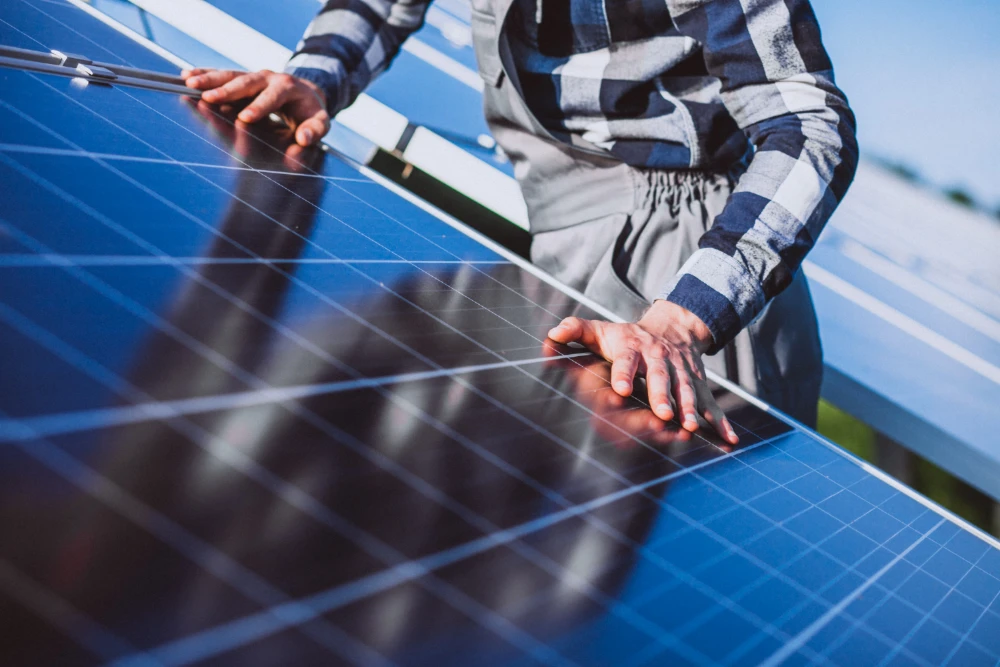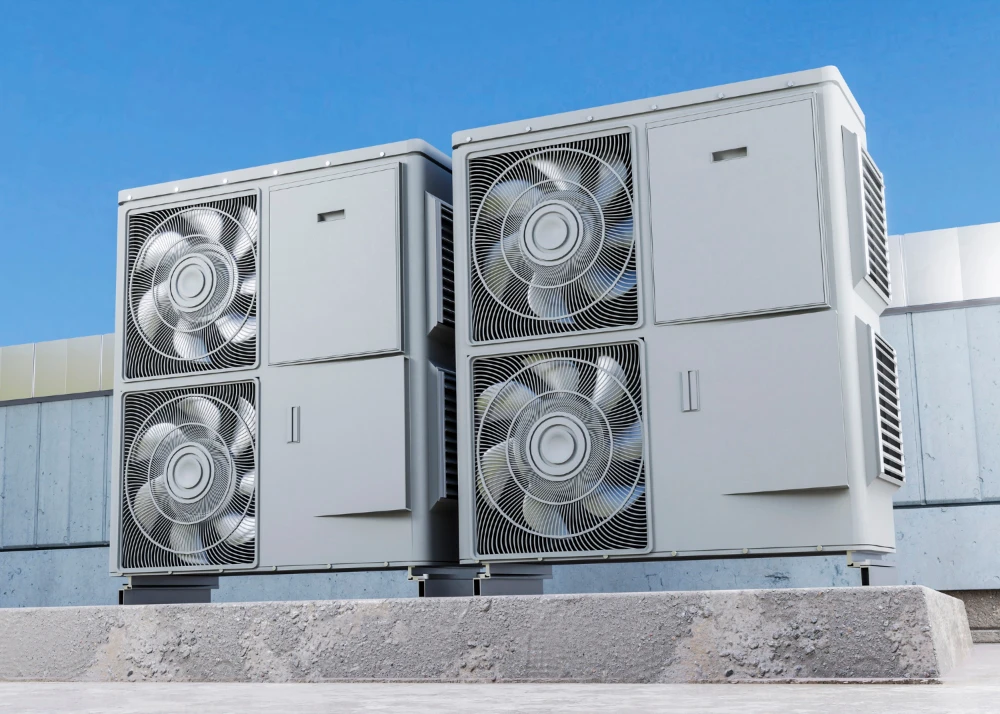Saturation of the low-voltage (LV) network with photovoltaics and heat pumps – how to maintain stable voltage?
 Saturation of the low-voltage (LV) network with photovoltaics
Saturation of the low-voltage (LV) network with photovoltaics
The growing popularity of renewable energy sources and clean energy technologies brings many benefits both from the perspective of individual users and the power system. At the same time, it is important to be aware that modern solutions may involve some challenges faced by the low-voltage grid when faced with saturation with photovoltaics and heat pumps. One of them is the stabilization of the electricity network, exposed to voltage fluctuations. So how do we maintain a stable network voltage in the face of the growing share of renewable energy in the energy mix?
Realistically, it must be admitted that photovoltaic structures can increase the voltage on the grid. This in turn can lead to local failures, shutdowns or a reduction in the efficiency of the RES installation. From the user’s perspective, in addition to potential failures, the question of the profitability of investments in photovoltaics or wind farms is also an important issue. Excessive voltage in the grid can result in power reductions or complete inverter shutdowns during key periods, such as peak solar radiation. This leads to significant losses in energy production and thus can negatively affect the return on investment in RES. However, this is not an argument for abandoning clean energy sources. It is enough to understand the causes of this phenomenon and to introduce solutions to stabilise the grid.

Possible causes of voltage problems and potential solutions
Voltage problems can occur both on the users’ side and on the network itself. Their possible causes are too high a resistance (impedance) or too high an installation power. Potential sources of these problems are:
- infrastructure
- excess energy feeding into the grid
- overcapacity of RES installations
Infrastructure
The energy infrastructure in Poland was developed mainly with one-way energy transmission in mind: from supplier to consumers. It is therefore not inherently suitable for prosumer installations. However, the development of RES has resulted in hybrid energy systems becoming more common, which poses a challenge from an infrastructure perspective. This is particularly noticeable in regions where there is a high saturation of the low-voltage network with photovoltaic installations or heat pumps, resulting in network congestion.
An outdated infrastructure in need of modernisation is only one possible cause of voltage stabilisation problems in the grid. The solution in this case is to invest in the modernisation and development of the grid, e.g. by increasing the power of transformers or the cross-section of conductors, and to invest in smart grids. Unfortunately, this is a time- and capital-intensive solution and, in addition, is highly dependent on the decisions of the grid operator.
Excess energy feeding into the grid
Another possible cause of voltage problems is differences in energy production and consumption. If a particular micro-grid saturated with PV produces the most energy during the period of maximum sunshine, when consumers are, for example, at work and therefore energy demand is reduced, in such a situation surplus energy is sent to the grid. The increase in grid voltage can then be felt particularly strongly.
How can the problems be dealt with? The first option is the inverter. Modern inverters allow you to take advantage of two functions: Q(U) and P(U), which are designed to stabilise the voltage in the electricity grid:
The Q(U) function consists of automatically adjusting the power factor (i.e. the amount of reactive energy, denoted as Q) depending on the current grid voltage. When the grid voltage increases, the inverter can compensate for this increase by generating or absorbing reactive energy, which helps to maintain stable operating conditions for the plant and the grid as a whole.
The P(U) function, on the other hand, limits the active power (denoted P), i.e. the actual power transferred to the grid, when the voltage approaches the upper limits of the permissible values. In this way, the inverter reduces the amount of energy given to the grid, preventing overloading and protecting equipment from exceeding its operating parameters.
Although the energy efficiency of such an installation is lower than the maximum load capability, it is still preferable to a situation where there would be regular shutdowns of the inverter.
Another possible solution is to invest in energy storage. A photovoltaic installation with energy storage allows for more efficient voltage management, which makes it possible both to use the energy produced more efficiently and to stabilise the LV network. Another solution, which, like energy storage, allows for increased on-site consumption by lowering the voltage, is the use of solutions to increase self-consumption during periods of peak energy production. One way is to use heat pumps for DHW (domestic hot water), whose operation can be automated.
Overcapacity of RES installations
As is widely known, prevention is better than cure. For this reason, it is advisable to take advantage of the solutions available to optimise the design of RES installations at the design stage. Professional companies can help by using laser scanning to take measurements which are useful at the installation design stage. Knowing what its efficiency will be, it is easier to design an installation that will be adapted to local conditions and needs.